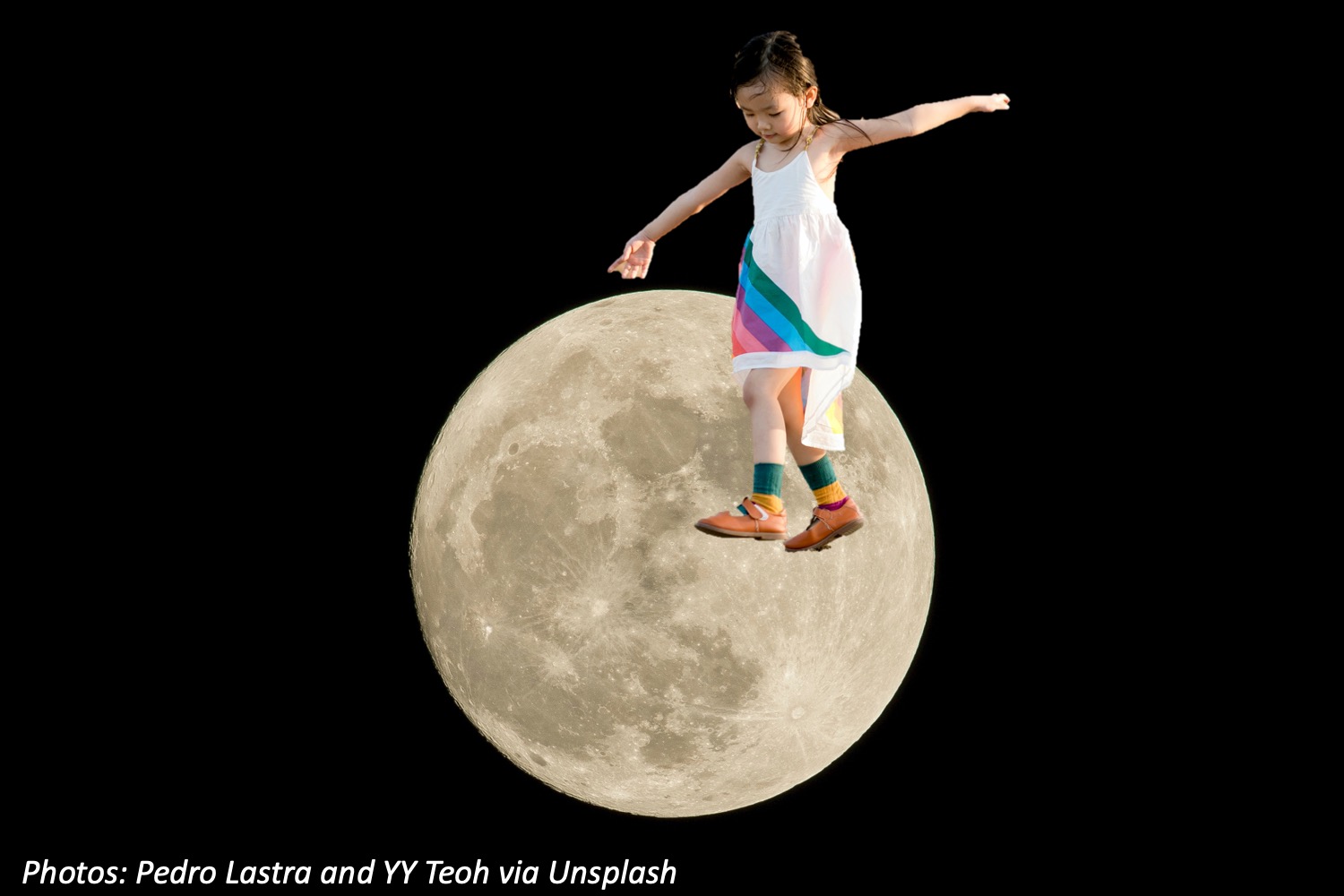The Moon looks kind of small in the night sky, but its circumference, or distance all the way around at the widest point, is 6,786 miles. So our friend Penelope B. wondered, how long would it take to walk around the Moon? Thanks to astronauts, we know that the fastest you can walk on the moon is just over 3 miles per hour – any faster than that and you’ll break into a bouncy run. That means 2,184 hours of walking. Better make sure your shoes are tied tight!
Wee ones: A full moon looks like a circle in the sky. Find 4 circle shapes in the room.
Little kids: How many miles would an astronaut walking 3 miles each hour travel in 2 hours? Bonus: If one astronaut takes 6 bouncy steps, another takes 10 steps, and a third takes the number exactly halfway between those two, how many steps does the third astronaut take?
Big kids: What fraction of a 24-hour day is 8 hours of sleep? Bonus: If you walk 24 hours a day every day, how many days does it take to walk the 2,184 hours to go around the Moon? Hint: To divide by 24, you can figure out what small numbers multiply out to make 24, then divide by each of those one at a time to get your answer!
Answers:
Wee ones: Possible items include plates, rims of cups, clocks, buttons, and doorknobs..
Little kids: 6 miles, because 3 + 3 = 6. Bonus: 8 steps, since that’s 2 steps from 6 and from 10.
Big kids: 8 hours out of 24 is 1/3. Bonus: 91 days, or about 3 months. 24 is 2 x 2 x 2 x 3, so you can cut 2,184 hours in half three times in a row, then divide by 3 to get your answer: 2,184 –> 1,092 –> 546 –> 273, then divide by 3 to get 91.



